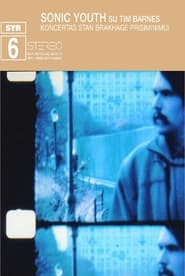

A l'Assaut Des Aiguilles Du Diable
Marcel Ichac accompanied the mountaineer Armand Charlet, in 1943, in the repetition of the first crossing of the Aiguilles du Diable that the guide of the Chamonix valley had made in 1925. A roped party joined on snow and ice the Col du Géant, reached at the Mont-Blanc-du-Tacul stop and on the Col du Diable. The men cross the needles by climbing chimneys, cracks and abseiling walls. They access the eastern slope of the Mont-Blanc massif which offers a panorama of the Grandes Jorasses and Mont-Blanc. Armand Charlet was the first to reach the summits of four needles above 4000 meters: the Devil's Horn, Pointe Chaubert, Pointe Médiane and Pointe Carmen; he also tells how he successfully climbed the furthest, the Isolated. Marcel Ichac shot these scenes as close as possible to his subject, he responded with this film with a “truth” cinema, the principle of which we find in his later productions.
- Overview
- Cast
- Crew
- Recommendations
A l'Assaut Des Aiguilles Du Diable
- Overview
- Cast
- Crew
- Recommendations
Status
Released
Release Date
Jan 1, 1943
Runtime
0h 20m
Genres
Documentary, Adventure
User Score
100%
Original Title
A l'Assaut Des Aiguilles Du Diable
Production Companies
Comptoir du Film Français Documentaire (CFFD)
Director
Marcel Ichac
Description
Marcel Ichac accompanied the mountaineer Armand Charlet, in 1943, in the repetition of the first crossing of the Aiguilles du Diable that the guide of the Chamonix valley had made in 1925. A roped party joined on snow and ice the Col du Géant, reached at the Mont-Blanc-du-Tacul stop and on the Col du Diable. The men cross the needles by climbing chimneys, cracks and abseiling walls. They access the eastern slope of the Mont-Blanc massif which offers a panorama of the Grandes Jorasses and Mont-Blanc. Armand Charlet was the first to reach the summits of four needles above 4000 meters: the Devil's Horn, Pointe Chaubert, Pointe Médiane and Pointe Carmen; he also tells how he successfully climbed the furthest, the Isolated. Marcel Ichac shot these scenes as close as possible to his subject, he responded with this film with a “truth” cinema, the principle of which we find in his later productions.
Cast
Crew
Recommendations

Star!
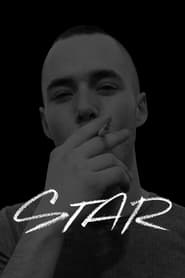
Star
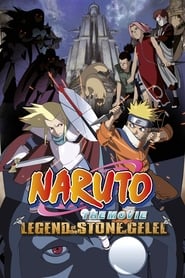
Naruto the Movie: Legend of the Stone of Gelel

Star

Star
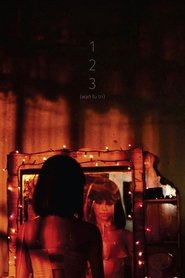
Gasping for Air

The Super Dimension Fortress Macross: Flash Back 2012
123
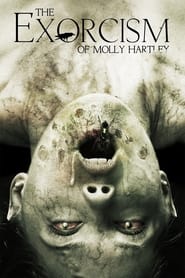
The Exorcism of Molly Hartley

Star

Evangelion: 3.0 You Can (Not) Redo
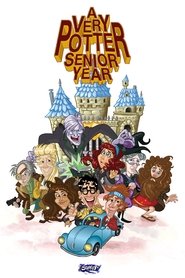
A Very Potter Senior Year

The Miseducation of Cameron Post

Hot Wheels AcceleRacers: Breaking Point

Descendants 2

Naruto, the Genie, and the Three Wishes, Believe It!
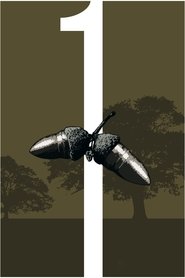
1

Mardock Scramble: The Third Exhaust

Black Butler: Book of the Atlantic
